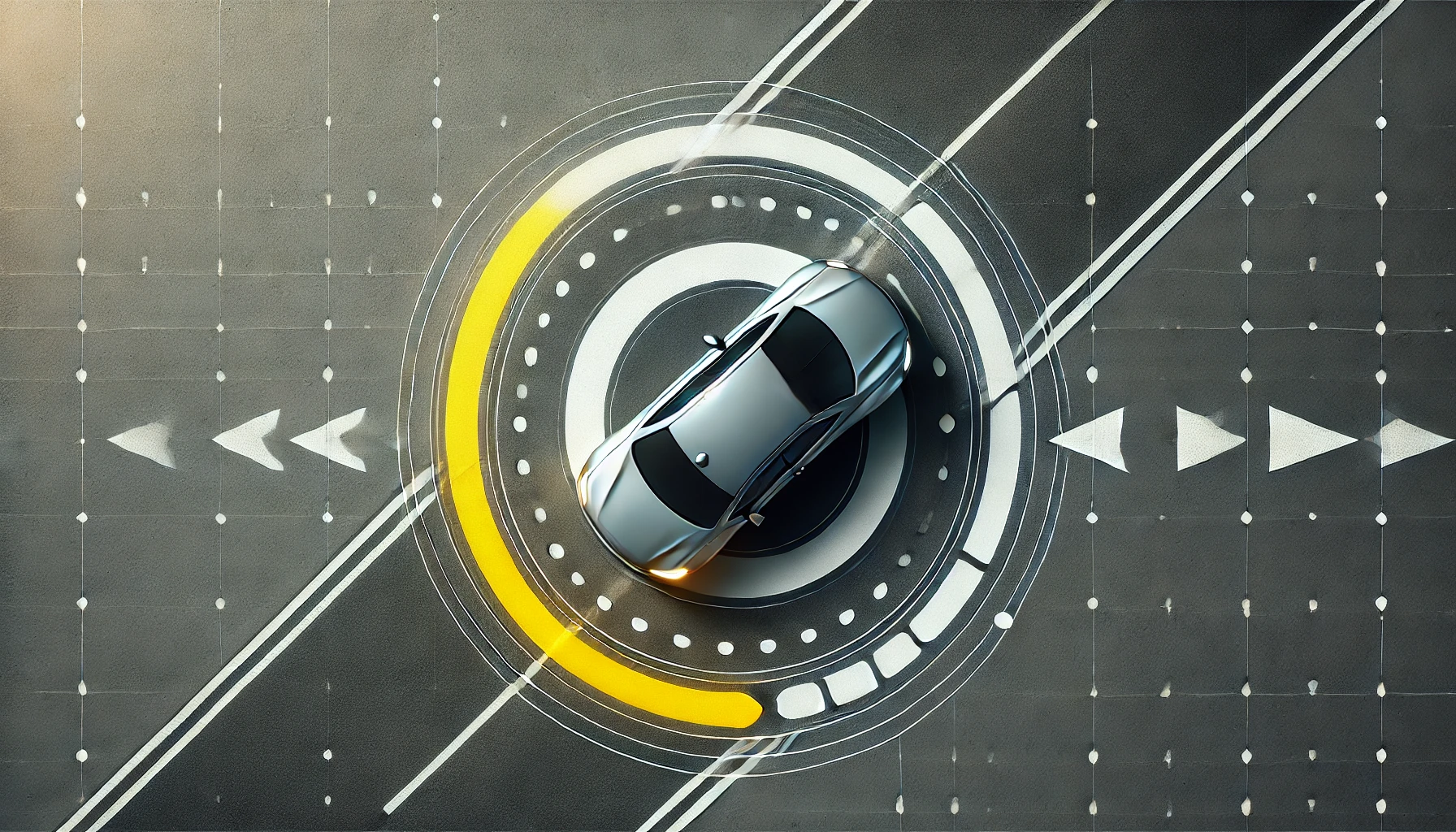What is the Minimum Turning Radius of a Car?
Обновлено: 2025-12-18 Автор: Sarah
[Car Tech Knowledge/ XNmotors]
When researching or purchasing a car, you may come across the term “minimum turning radius” or simply “turning radius.” This term is an important specification that impacts how easily a vehicle can maneuver in tight spaces. Whether you’re navigating narrow streets, parking in cramped areas, or making U-turns, understanding the turning radius of a car can help you make an informed decision.

Image Source: AI generated
Definition: Minimum Turning Radius
The minimum turning radius of a car refers to the smallest circular path that the vehicle can take while making a full turn. It is typically measured in meters or feet and is determined by the design of the car’s steering system and wheelbase.
Imagine driving in a perfect circle without adjusting your steering wheel after initiating the turn. The radius of this circle is the car’s turning radius. A smaller turning radius means the car can turn in a tighter space, while a larger radius requires more room for maneuvering.
Factors Affecting the Turning Radius
1. Wheelbase:
The wheelbase is the distance between the front and rear axles of the car. A shorter wheelbase typically results in a smaller turning radius, making the vehicle more maneuverable.
2. Steering Angle:
This refers to how far the front wheels can pivot during a turn. A larger steering angle allows for tighter turns and a smaller turning radius.
3. Vehicle Type and Size:
Smaller cars, such as sedans and hatchbacks, generally have a smaller turning radius compared to larger vehicles like SUVs, trucks, and buses.
4. Drivetrain Configuration:
Four-wheel-drive systems or rear-wheel-drive vehicles may have slightly different turning characteristics compared to front-wheel-drive cars, which can affect the turning radius.
5. Tire Size:
Larger tires or those with a wider profile may increase the turning radius, while narrower tires allow for sharper turns.
Why Does Turning Radius Matter?
A car’s turning radius plays a critical role in its overall usability and convenience in everyday scenarios. Here are some situations where it makes a difference:
• Urban Driving: Cars with a smaller turning radius are easier to navigate through narrow streets and tight corners in urban areas.
• Parking: Tight parking spaces or parallel parking are more manageable with vehicles that have a smaller turning radius.
• U-Turns: Making a U-turn without requiring a multi-point maneuver is easier with a smaller turning radius.
• Off-Road Driving: Vehicles with a large turning radius can be challenging to handle in off-road conditions where sharp turns are required.
Typical Turning Radius Ranges
• Compact Cars: 4.5 to 5.5 meters (14.7 to 18 feet)
• Sedans: 5.2 to 5.9 meters (17 to 19.5 feet)
• SUVs and Trucks: 6 to 7.5 meters (19.7 to 24.6 feet)
How to Choose the Right Car Based on Turning Radius
If you frequently drive in urban areas with tight spaces or regularly park in constrained spots, a car with a smaller turning radius might be more suitable for you. On the other hand, if you prioritize cargo space, towing capacity, or off-road capability, the turning radius may be less critical compared to other specifications.
Conclusion
The minimum turning radius is a vital aspect of a car’s handling and practicality, especially in tight spaces. When buying a car, understanding this specification can help you choose a model that suits your driving needs and environment. Always test-drive the vehicle and try navigating typical scenarios you face daily to ensure it meets your expectations for maneuverability.
( Article / XNmotors Sarah )
Комментарии
Комментариев пока нет. Будьте первым, кто оставит комментарий.